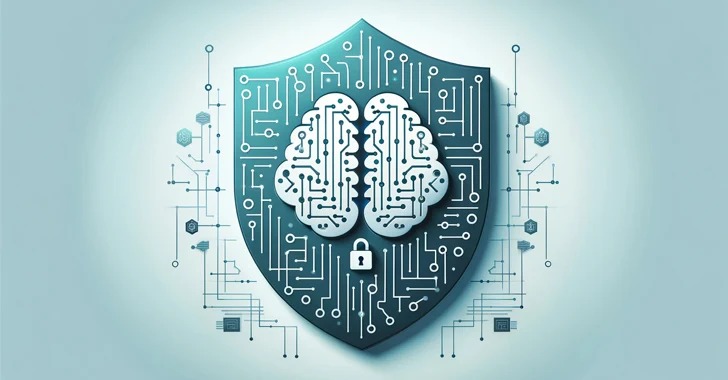In the fast-evolving landscape of artificial intelligence (AI), ensuring robust security measures is paramount. This article delves into the critical realm of developing secure AI systems, emphasizing the global efforts and guidelines implemented to fortify these technological marvels against cyber threats.
Foundations of Secure AI Design
Developing AI systems with security as the cornerstone is essential for safeguarding sensitive information and maintaining trust. The foundation for secure AI begins with integrating robust security measures from the initial design phase.
International Collaboration for Cybersecurity Guidelines
Recognizing the global impact of AI, nations worldwide are actively contributing to the establishment of cybersecurity guidelines. The U.S., U.K., and various countries have released comprehensive frameworks to guide the secure development of AI systems.
Key Guidelines for Secure AI Systems
The guidelines underscore that organizations must proactively embed security features in their AI systems, anticipating potential vulnerabilities. This proactive approach ensures a resilient defense against evolving cyber threats.
Identifying and Mitigating Vulnerabilities
Having effective methods to identify and rectify vulnerabilities is crucial in maintaining the integrity of AI systems. Organizations must establish robust protocols for ongoing assessments and swift remediation to counter emerging threats.
The Imperative Role of Global Collaboration
In an interconnected world, collaboration among nations, industries, and cybersecurity experts is crucial. Sharing insights, threat intelligence, and best practices fosters a collective defense against cyber threats targeting AI systems.
Conclusion: A Secure Future for AI
As the global community strides toward an AI-driven future, prioritizing cybersecurity in the development process is non-negotiable. The collaborative efforts and comprehensive guidelines outlined by leading nations lay the foundation for a secure and resilient AI landscape.









Add Comment